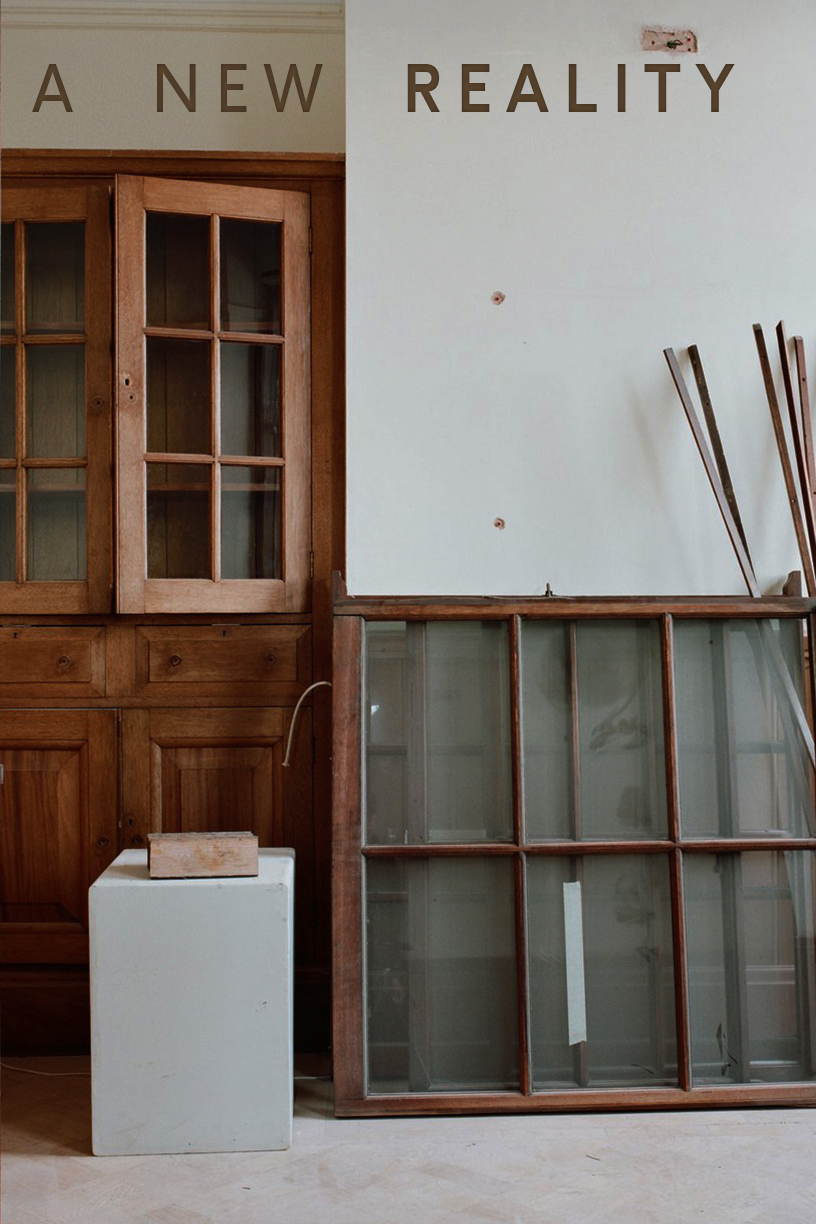
A New Reality
Evaluation of Community Engagement in Design Review Report
The aim of this evaluation is to set out recommendations for Design Council CABE, of the value of engaging with the community in the design review process.
Projects were selected to explore different ways of delivering design review, to uphold design quality and to engage with the local community. The programmes demonstrated that members of the community are able to contribute in a positive way to the design debate affecting their local area. This knowledge adds value to the design review process and to the specifics of local distinctiveness and appropriateness.
Design Review is about the critical appraisal of a development opportunity. The evaluation supports the benefit of community engagement in design review but not in replace of a professional design critique. If design professionals are not included in a critical design review, community engagement could become an endorsement of a proposal and scheme promoter would not benefit from the informed and searching discourse the professionals offer. The concern of including professionals alongside the community is that their expertise stifles the community’s contribution.
The diversity of programmes delivered highlights the adaptability of the design review format to engage with differing groups and focus their views on issues pertinent to the development. Greater preparatory with the community prior to a design review developed clearer and relevant results specific to the development proposals being discussed and consequently avoided being distracted by other area issues, problems and personalities.
The network of small organisations involved with local design review and the affiliated design review panels demonstrated that they are well placed to design and deliver specific programmes to engage the community in the design review of proposals in their area and that the results contribute positively to the qualitative outcome. The organisations independent but interested nature enables them to become intermediaries offering awareness, training and advice to the local community on the planning process and the influence that the community is able to impart upon it.
There is a danger that the adaptability of the design review model to accommodate community engagement could diminish the reviews effectiveness when critiquing a design. If design review is to support the planning process, it needs to remain focussed on the critical analysis of a proposal and include consideration of issues affecting the local community. Design review would benefit from the contribution of a local expert or representation of the community’s view but in terms of Design Review’s influential role on the planning process, it needs to be a clearly defined, precise and independent critical tool.
Further to this evaluation, it appears that there are two differing models of review; a formal / classic review and an informal review. The former being the traditional searching critique of a design and the informal being the conciliatory, appraisal of issues, with the latter being appropriate to solicit and define a community’s view.
Community engagement should be seen as distinct and separate to design review. The two activities are complimentary and ideally occur in a co-ordinated manner where the results of community engagement contribute and inform the professional panel debate on the appropriateness of a given development proposal.